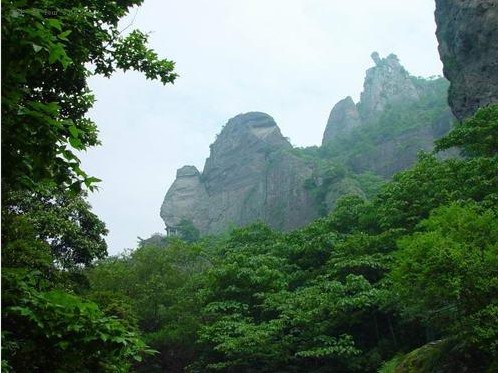
Jian Temmoku bowls were highly prized by tea connoisseurs during the Song Dynasty (960–1279 CE). However, as tea-drinking practices evolved, their popularity declined, and their cultural significance faded in China.
Interest in these black-glazed bowls was revived in the late Qing Dynasty (1644–1912) and Republican era (1912–1949) by overseas collectors. Many ceramics—including Neolithic artifacts—were unearthed from tombs, graves, and kiln sites. In Shanghai and Beijing markets, defective pieces discarded during production were frequently found.
The Jian’ou County Chronicles (建瓯县志, 1929) records that antique dealers hired villagers to illegally excavate Jian kiln bowls, smuggling them to Shanghai and Japan. James Marshall Plumer, an American customs officer in Fuzhou, traced these bowls to Shuiji (水吉) in Jianyang, northern Fujian. In 1935, he visited the site, collecting sherds, kiln tools, and saggers (protective firing containers). Plumer later became a leading scholar on Chinese ceramics, specializing in Jian wares.
The term Jian Zhan (建盏) first appeared in 14th-century Japanese texts. Zhan (盏) denotes a small bowl in classical Chinese. Later sources erroneously linked the name to Jianyang, though the kilns were actually in Shuiji, which only became part of Jianyang County in the 20th century. Historically, Shuiji belonged to Jian’ou (建瓯), which was established as Jian’an County (建安) in 207 CE and later elevated to Jianzhou Prefecture (建州) in 621 CE.
In his Record of Tea (《茶录》), Song scholar-official Cai Xiang (蔡襄, 1012–1067 CE) wrote:
“Tea bowls from Jian’an have purplish-black glaze with hare’s fur patterns. Their thick walls retain heat well.”
Thus, Jian Zhan likely refers to bowls from Jian’an or Jianzhou. Following the Song practice of naming ceramics after their origin (e.g., Ding or Yue ware), "Jianzhou bowls" would be the most accurate term.
In Japan, these bowls became known as Temmoku (天目), named after Tianmu Mountain (天目山) in Zhejiang’s Lin’an region. During the Song and Yuan periods, Japanese Zen monks studying at Tianmu’s temples brought black-glazed bowls—some from Jianzhou—back to Japan, calling them “Temmoku” (天目碗, “bowls from Tianmu”). A 15th-century Japanese text, Zenrin Kokushū (《禅林小歌》), differentiates Jian Zhan from Temmoku, though the latter eventually became a catchall term for black and brown tea bowls.
 |
| Tianmu mountain in Linan city located west of Hangzhou |
Fujian tea, mentioned in Lu Yu’s Classic of Tea (《茶经》, Tang Dynasty), gained imperial favor during the Northern Song (960–1127 CE). In 977 CE, the Bei Yuan Imperial Tea Plantation (北苑御茶园) was established in Jianzhou (modern Jian’ou), where tea was processed into powdered cakes for tribute.
Cai Xiang, who supervised Bei Yuan, introduced Fujian’s tea competition tradition to the court. In his Record of Tea, he praised Jian’an’s “Dragon Phoenix Tea” and hare’s fur-glazed bowls as ideal for competitions. Emperor Huizong (r. 1100–1126 CE), an avid tea enthusiast, further elevated these practices in his Treatise on Tea (《大观茶论》), solidifying Jian bowls’ status.
Competitions judged tea by flavor, aroma, and froth whiteness. Bowls where froth dissipated quickly were considered inferior. The high demand for Jian Zhan led those unable to afford them to seek cheaper alternatives from provincial kilns.
Shuiji, now part of Jianyang, was home to the Jian kilns. Archaeological excavations (1960–1991) identified key sites:
During the Late Tang (618–907 CE) and Five Dynasties (907–960 CE), kilns produced celadon resembling Yue ware, often with uneven glaze and unglazed lower walls. By the Northern Song (960–1127 CE), kilns transitioned to black-glazed bowls fired upright in saggers.
|
|
Tao Gu’s Qingyilu (《清异录》, c. 970 CE) mentions Fujian bowls with “partridge-feather” mottles, though scholars debate the text’s authenticity. Archaeological evidence suggests that iconic Jian bowls emerged by the mid-Northern Song (11th century). Eight bowl types were produced, with the conical Type 1 (indented rim) becoming dominant in the late Northern Song.
|
|
||
| Eight basic Jian bowl types. Type 1 (indented rim) became the iconic form in the late Northern Song. |
|
|
|
|
|
|
|
|
|
|
|
|
|
|
|
| Some examples of Jian tea bowls | |
Tribute Wares
Imperial-grade bowls bore incised or impressed marks such as Gongyu (供御,
“tribute”) or Jinzhan (进盏, “presented bowl”).
Potters also inscribed surnames or numerals, possibly denoting kiln placement.
The Jian kilns’ iconic black-glazed tea bowls are renowned for their mesmerizing surface effects, achieved through innovative glazing techniques and precise kiln control. Below is a detailed breakdown of the key glaze types and their technical foundations.
|
|
|
|
|
|
|
Hare's fur bowl with rustic streaks |
|
|
|
|
|
|
|
|
Hare's fur sherd with silvery streaks |
|
|
|
|
| A Fujian partridge with white spots on the breast | Jian sherd with white spots and gongyu mark |
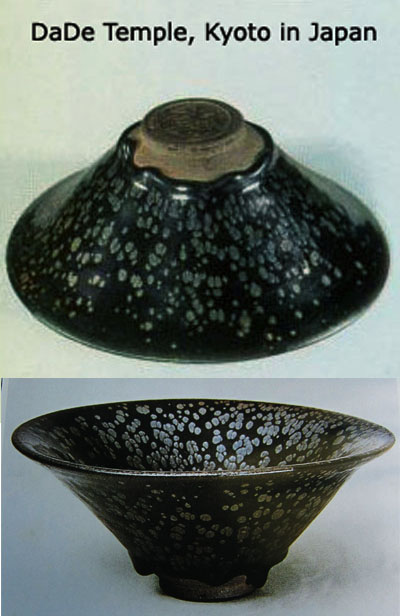 |
|
|
| Oil spots Tenmoku in Japanese collection. The spots are smaller as compared with that from Dade temple |
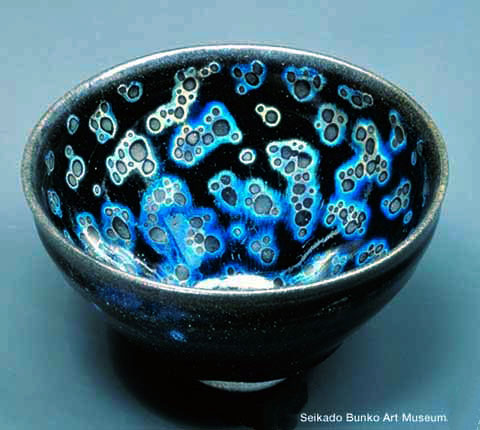 |
| One of the 4 Yohen tommoku bowls in Japan |
| Yohen temmoku found in Hangzhou |
By the late Southern Song (1127–1279 CE), Jian kilns faced competition from Jingdezhen’s Qingbai ware. Some kilns transitioned to Qingbai production, but by the Yuan Dynasty (1271–1368 CE), they had ceased operation.
To meet the immense domestic and overseas demand for Temmoku bowls, numerous kilns across Fujian mass-produced them, including those in Jianyang (建阳), Wuyishan (武夷山), Songxi (松溪), Guangze (光泽), Jianou (建瓯), Pucheng (蒲城), Nanping (南平), Changting (长汀), Fuqing (福清), Minhou (闽侯), and Ningde (宁德). Most of these kilns also produced celadon, qingbai, and black-glazed wares. Their Temmoku bowls typically followed the iconic conical Jian design, often featuring a distinct indentation near the rim.
Among these, the large-scale production centers at Wuyishan Yulinting (武夷山遇林亭), Nanping Chayang (南平茶洋), and Fuzhou Dongzhang (福州东张) were particularly notable, with their wares widely exported, especially to Japan.
Yulinting produced distinctive Temmoku bowls adorned with gold-leaf decorations. Over time, much of the gilding faded, leaving only traces of motifs such as dragons, phoenixes, cranes, pine trees, bamboo, plum blossoms, orchids, floral patterns, auspicious phrases, and landscapes. Early ceramic studies mistakenly attributed these bowls to the Jian kiln. Yulinting bowls are characterized by a greyish to greyish-white clay body.
|
|
| A bowl with remnants of a gilded auspicious phrase: “寿山福海” (symbolizing longevity and prosperity). |
Chayang’s medium-sized Temmoku bowls (approx. 12 cm in diameter) are distinguished by a thin horizontal ridge where the foot meets the wall—a feature unique to this kiln. Shaving marks are often visible on the unglazed lower exterior.
|
|
|
| A medium-sized bowl showcasing the horizontal ridge on the exterior. | |
|
|
|
In the 1980s, a shipwreck at Bai Jiao (白礁) in Lianjiang Dinghai (连江定海), Fujian, yielded a large cache of small Temmoku tea bowls. Fujian ceramic experts linked them to Fuqing Dongzhang and Minhou Nanyu, dating them to the Southern Song period. The Dongzhang kiln complex, rivaling Jian kilns in scale, produced vast quantities of Temmoku and celadon bowls.
The Japanese text Zenrin Kokushū (禅林小歌, 1394–1427 CE) references Fuzhou zhan (福州盏, “Fuzhou cups”), likely referring to bowls from Fuqing and Minhou, which were under Fuzhou’s jurisdiction during the Song-Yuan era. Similar bowls have been excavated in Japanese sites such as Fukuoka and Kamakura, dating to the mid-12th to early 13th centuries, as well as in coastal Fujian.
Examining the numerous small tea bowls from the Lianjiang wreck reveals challenges in pinpointing their exact kiln origins. Those from Dongzhang, Minhou Nanyu, and Ningde Feiluan (宁德飞鸾) share common features such as casual finishing, irregular footrings, shaving marks, and variable profiles (e.g., gradual or steeply sloping walls). Their glaze is typically thin, uneven near the foot, and exhibits subtle hare’s fur or tea-dust markings that are less defined than those of Jian wares. Glaze colors range from black and brown to tea-dust and rust.
|
|
| Examples from Lianjiang wreck showing the different profile of the conical bowls |
|
|
| 2 examples from the Lianjiang wreck |
 |
| An examlple that shows traces of hare's fur markings |
|
|
|
|
|
|
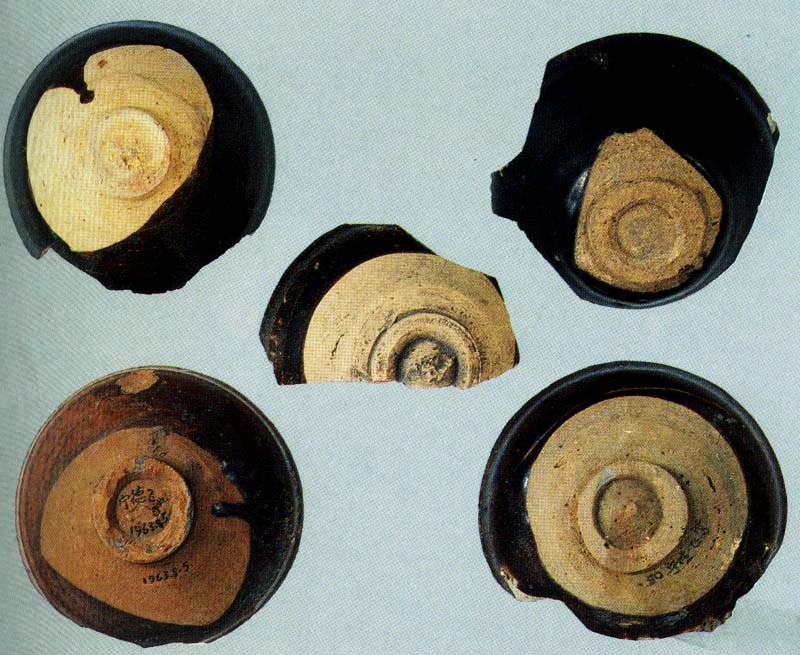 |
The Song-era tea culture boom spurred Temmoku production in northern kilns, which initially emulated Jian styles but later developed distinct local variations. Some Shanxi and Henan kilns applied black slip to mimic Jian’s purple-black clay, achieving hare’s fur and oil-spot effects rivaling those of Jian wares. Others, such as Henan Dangyangyu (当阳峪窑), left the whitish foot unglazed.
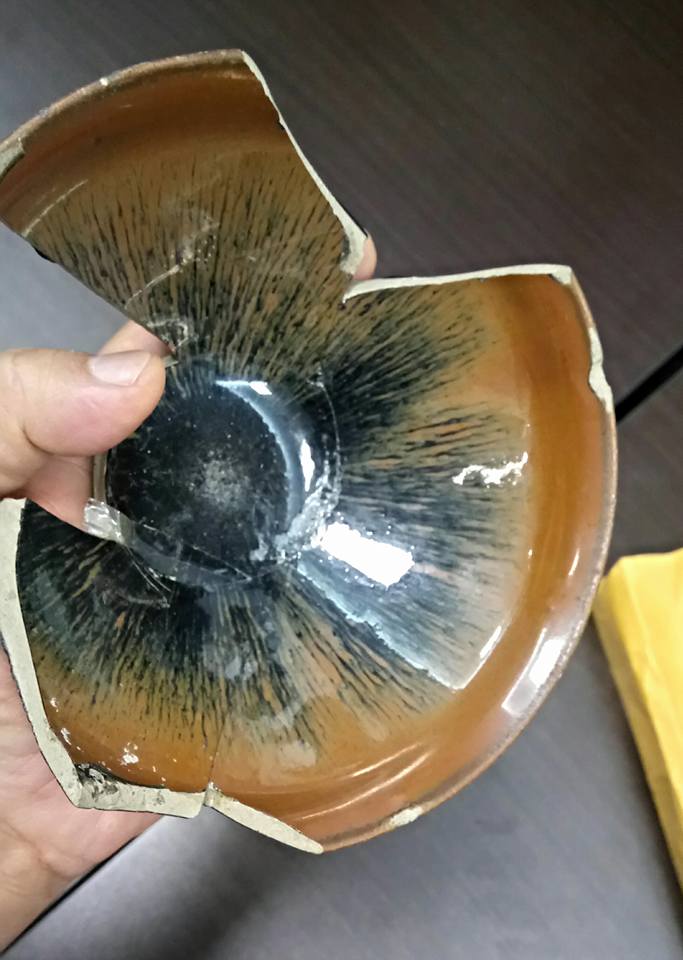 |
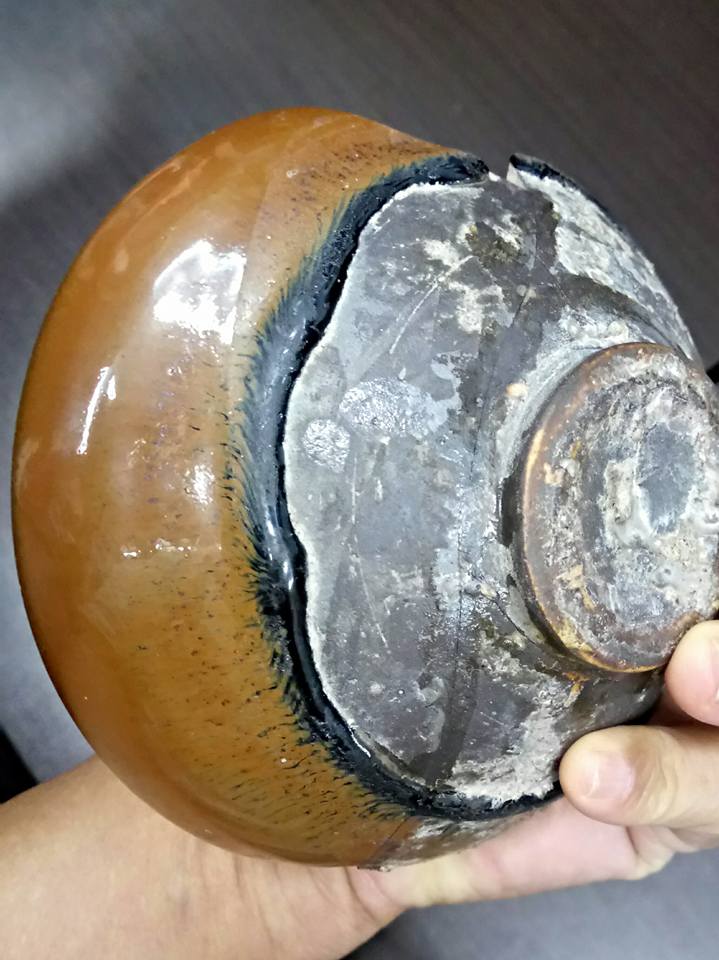 |
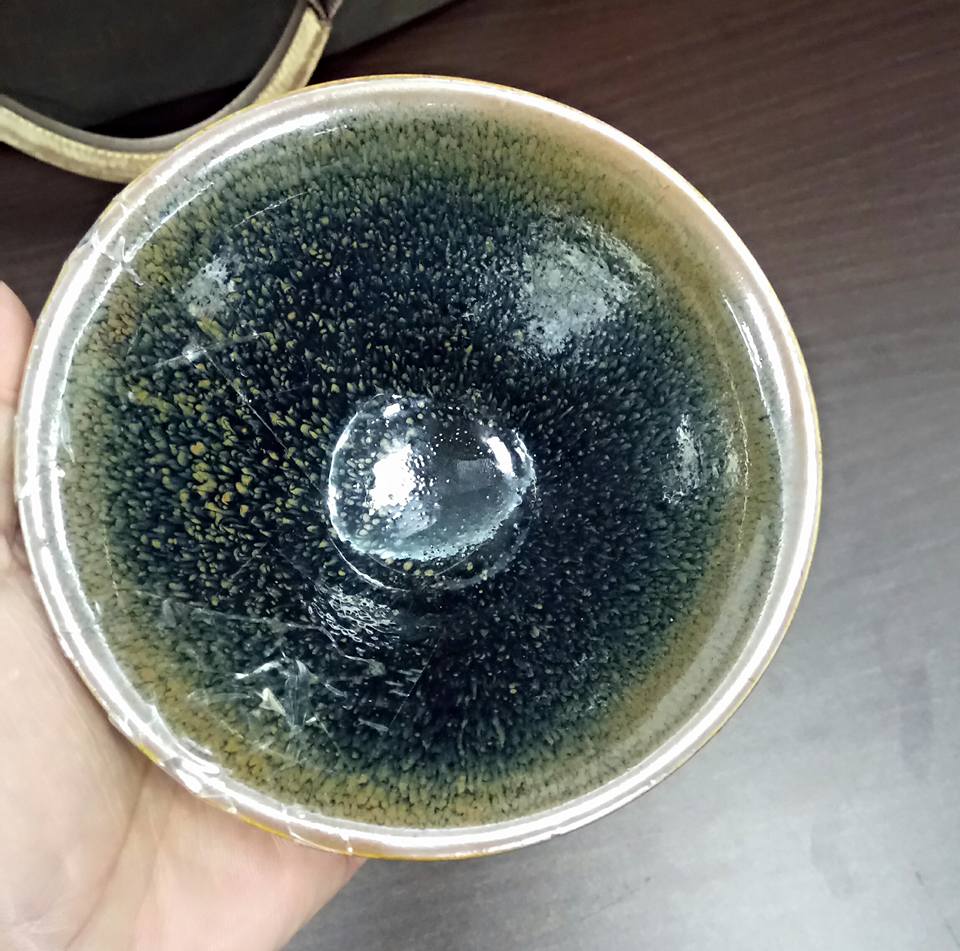 |
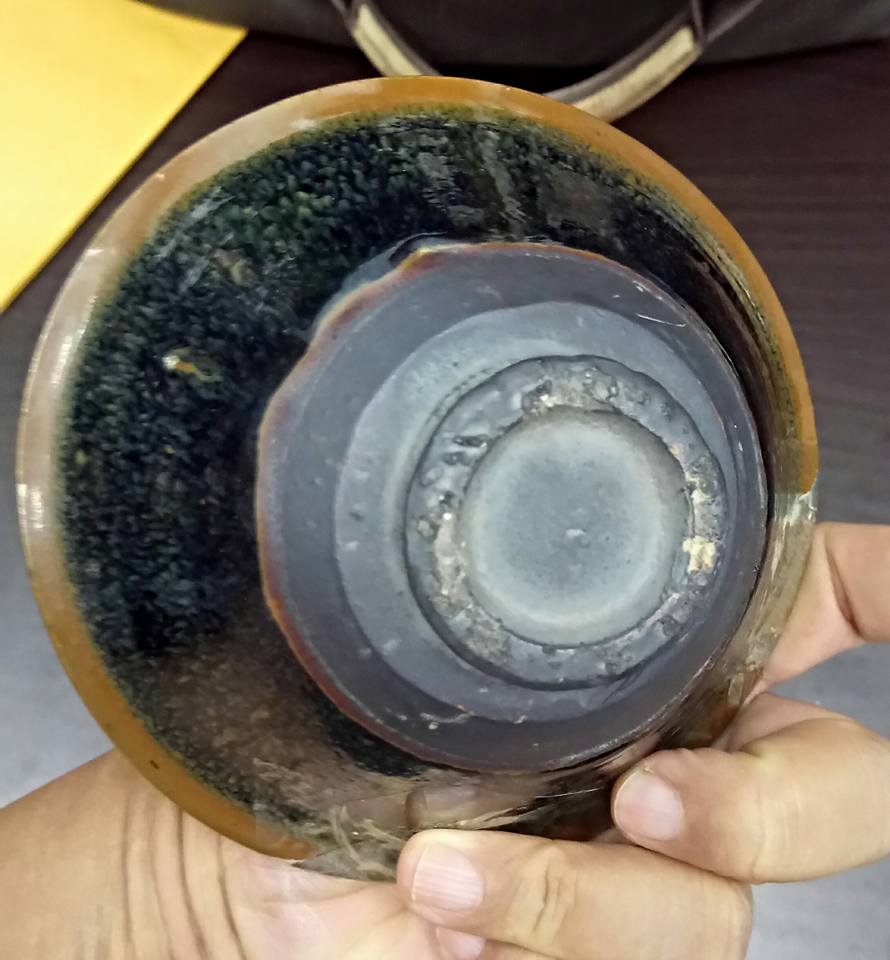 |
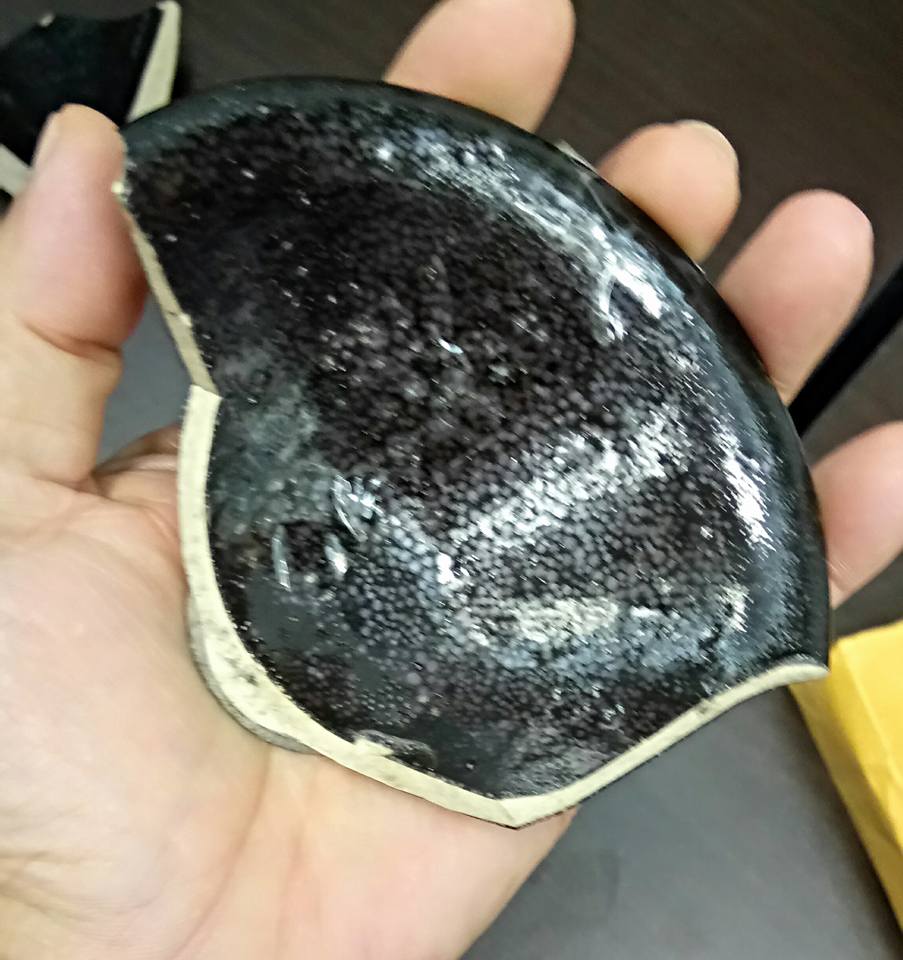 |
.jpg) |
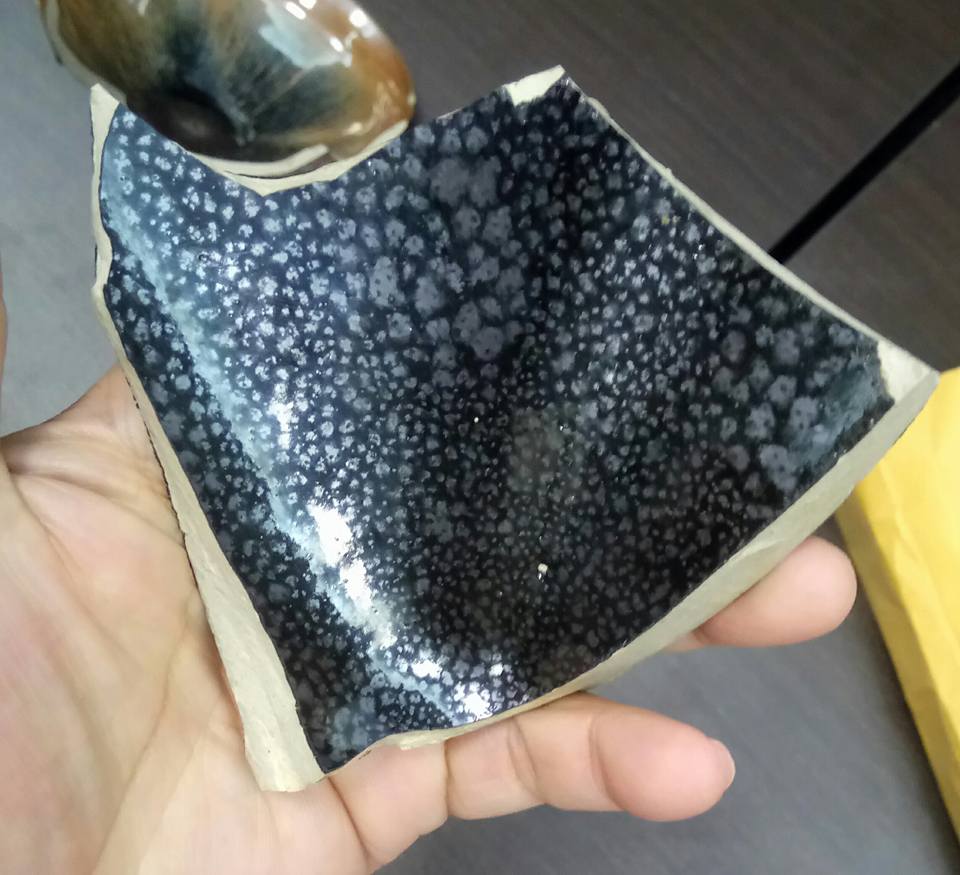 |
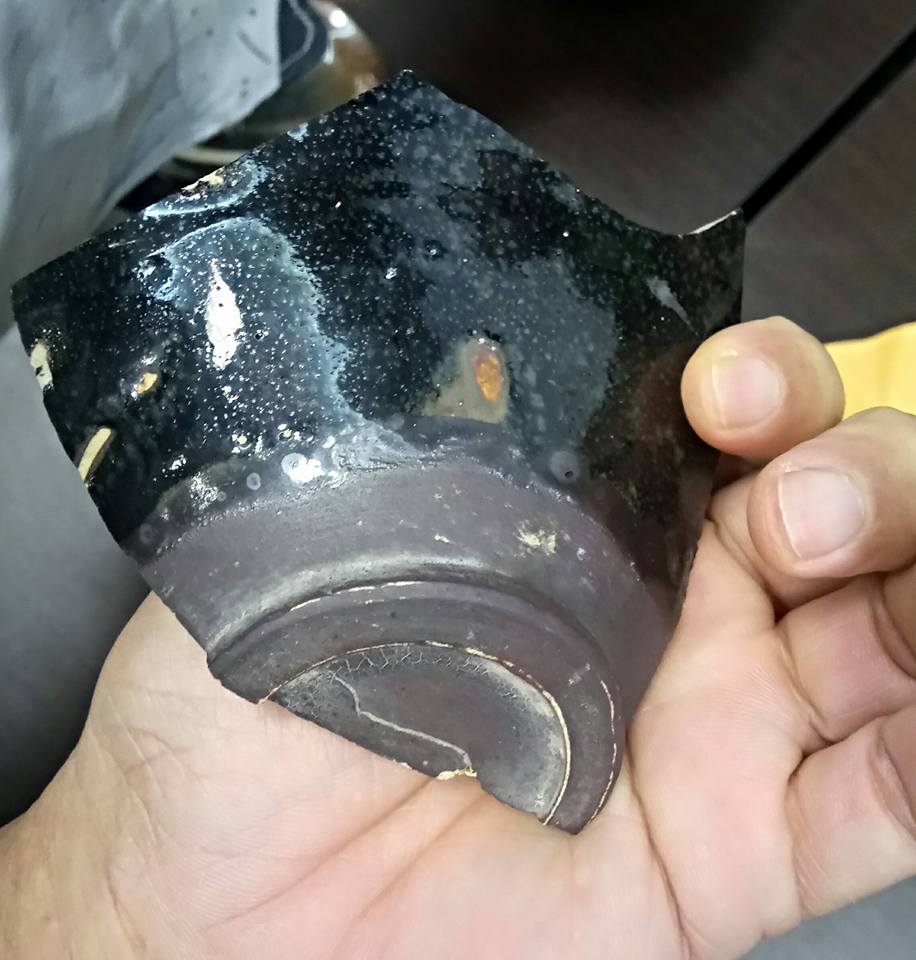 |
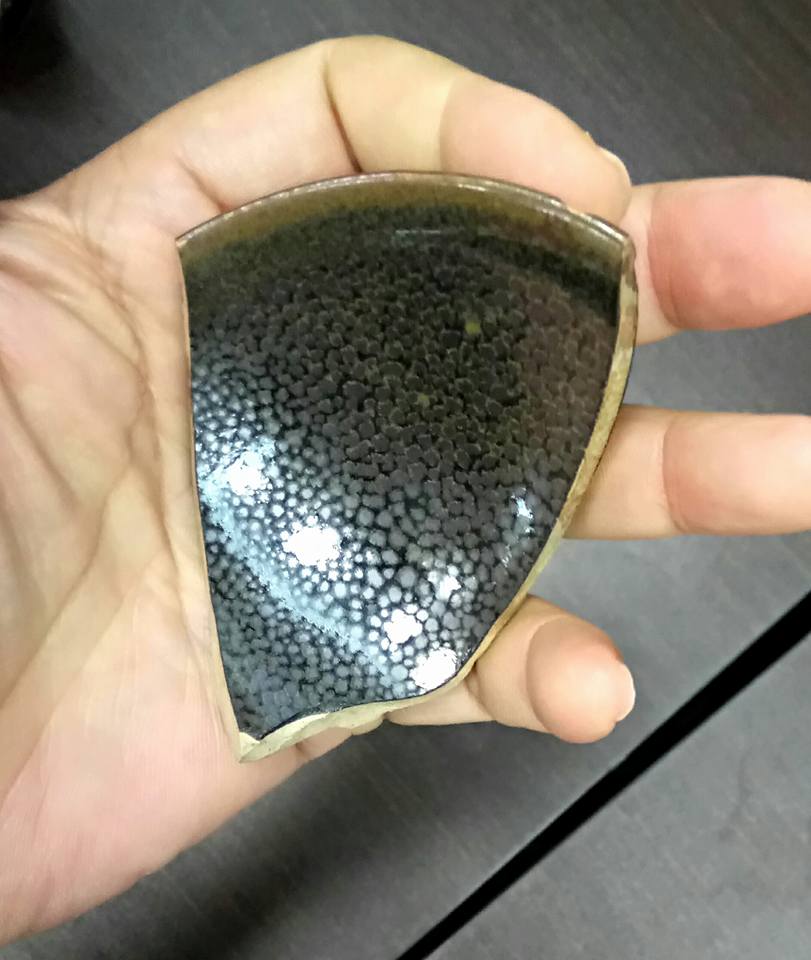 |
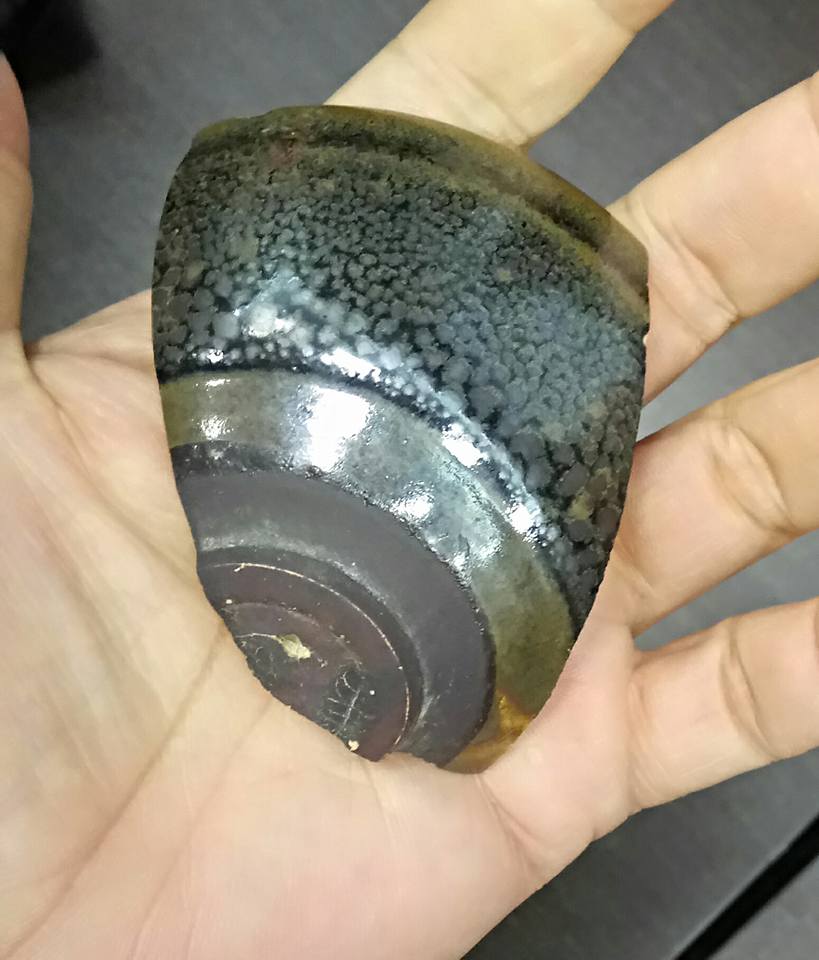 |
| Shanxi and Henan Temmoku shards with hares' fur and oil spots | |
The Jian kilns’ glazing techniques represent a pinnacle of Song ceramic innovation, blending serendipity with scientific intuition. Their mastery of iron crystallization and kiln atmospheres produced effects that remain unparalleled in the ceramic world, embodying the harmony of art, nature, and technology revered by Song literati.
References:
Written by : NK Koh (15 Jul 2012), updated: 11 Nov 2017, updated 8 Mar 2025